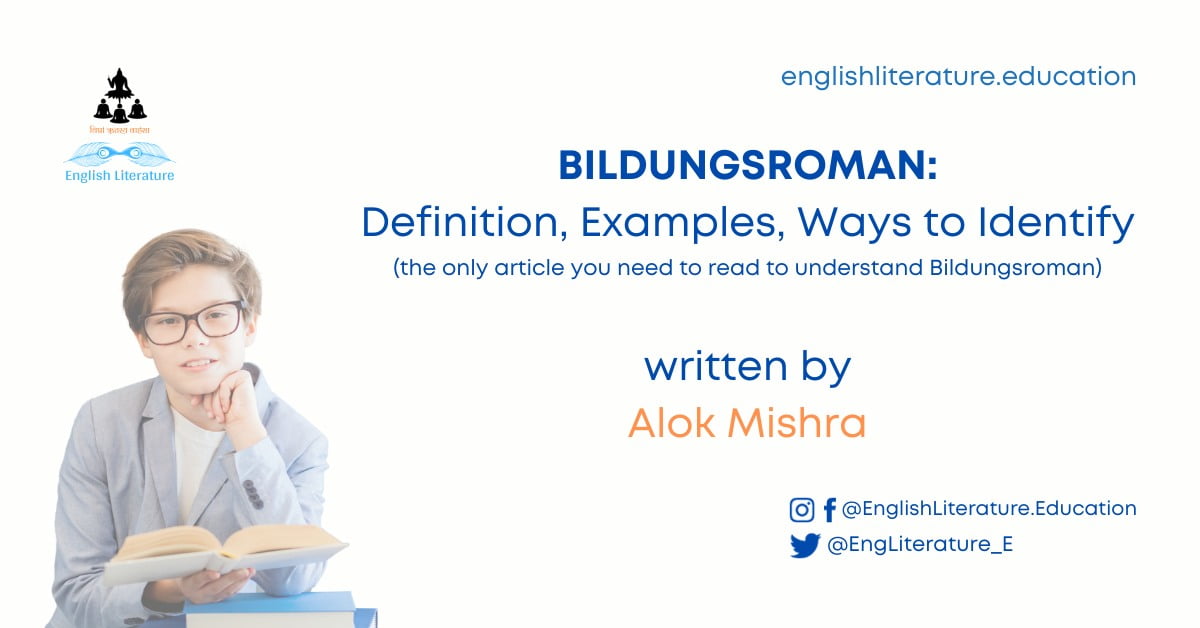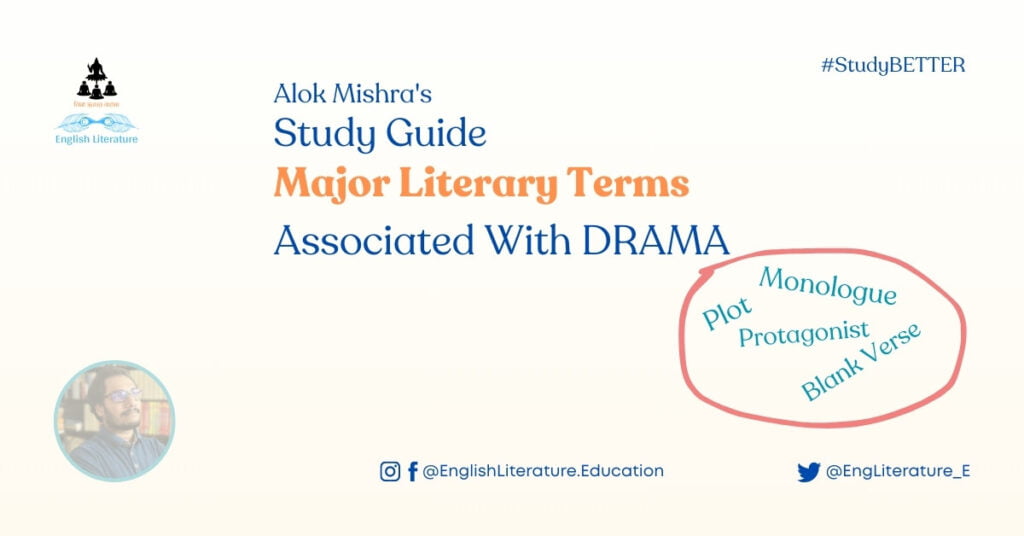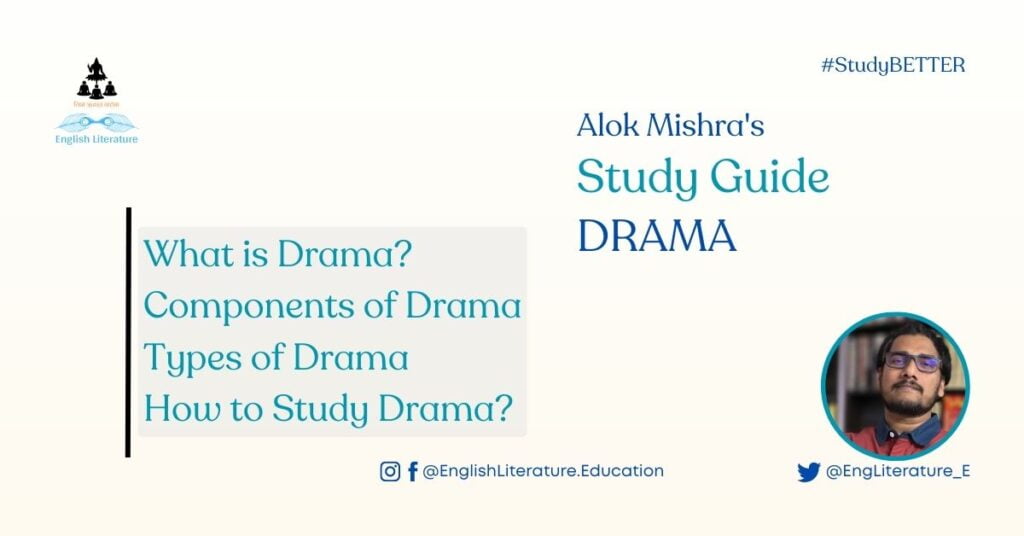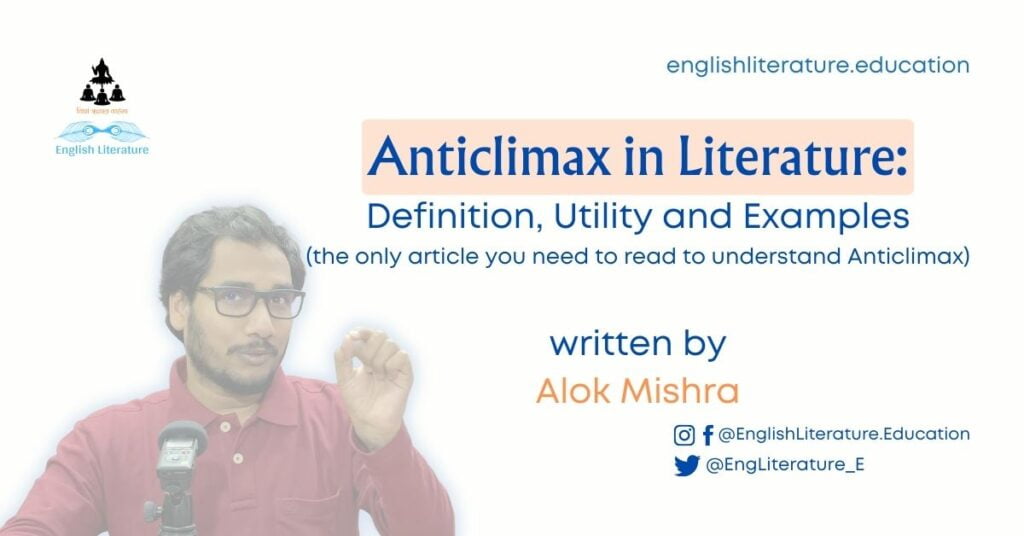In this article, students of literature will understand the term Bildungsroman. It will cover the following topics:
- What is Bildungsroman? A simple definition
- What are some prominent examples of Bildungsroman in English literature?
- Types of Bildungsroman and examples
- How to identify if you are reading a novel of the Bildungsroman genre?
So, let’s begin with the first and the most important aspect – a simple definition of this literary term.
Bildungsroman, a German term meaning “novel of formation” or “education novel,” refers to a literary genre that focuses on the moral, psychological, intellectual and spiritual development of the protagonist from youth to adulthood. Often in this genre, the narrative typically follows the protagonist’s journey of self-discovery, highlighting the challenges, conflicts, and transformative experiences they encounter along the way. It is noticeable that Bildungsroman novels often explore themes such as identity formation, the search for meaning, and the protagonist’s evolving understanding of the world. Examples of Bildungsroman include “Great Expectations” by Charles Dickens, where the protagonist, Pip, undergoes a moral and social maturation, and “Jane Eyre” by Charlotte Brontë, where the eponymous character navigates societal expectations, personal growth, and love, offering readers a nuanced portrayal of a woman’s journey to self-realisation in the restrictive Victorian era. This genre provides a rich exploration of the human condition and remains a compelling literary form for understanding the complexities of personal development.
Some Examples of Bildungsroman Novels in English Literature:
1. “Great Expectations” by Charles Dickens (1861): Follow Pip’s journey from humble beginnings to unexpected wealth and the challenges he faces in navigating societal expectations and personal growth.
2. “Jane Eyre” by Charlotte Brontë (1847): Join Jane on her Bildungsroman journey as she overcomes adversity, finds love, and asserts her independence in a society that seeks to confine her.
3. “To Kill a Mockingbird” by Harper Lee (1960): Scout Finch’s coming-of-age story unfolds against the backdrop of racial injustice in the American South, teaching valuable lessons about morality and empathy.
4. “Catcher in the Rye” by J.D. Salinger (1951): Narrated by the disillusioned Holden Caulfield, this novel explores teenage angst, identity, and the challenges of growing up in a conformist society.
5. “David Copperfield” by Charles Dickens (1850): Dickens weaves a tale of David’s evolution from childhood to adulthood, navigating love, loss, and self-discovery in Victorian England.
6. “The Adventures of Huckleberry Finn” by Mark Twain (1884): Huck’s escapades down the Mississippi River expose him to societal ills, racism, and the complexities of moral decision-making.
7. “The Bell Jar” by Sylvia Plath (1963): Esther Greenwood’s introspective journey through mental health struggles provides a poignant exploration of societal expectations and the pursuit of personal identity.
8. “The Kite Runner” by Khaled Hosseini (2003): Amir’s redemption story unfolds against the backdrop of political upheaval in Afghanistan, exploring themes of guilt, loyalty, and the search for personal redemption.
9. “A Portrait of the Artist as a Young Man” by James Joyce (1916): Stephen Dedalus’ intellectual and artistic awakening reflects Joyce’s exploration of identity, religion, and the role of the artist in society.
10. “The Perks of Being a Wallflower” by Stephen Chbosky (1999): Through the letters of Charlie, this novel delves into the challenges of adolescence, mental health, and the importance of genuine connections.
11. “Their Eyes Were Watching God” by Zora Neale Hurston (1937): Janie Crawford’s journey to self-discovery and empowerment in the face of societal expectations is a powerful exploration of race, gender, and love.
12. “The Goldfinch” by Donna Tartt (2013): Theo Decker’s life takes unexpected turns after a tragedy, exploring themes of art, trauma, and the search for identity.
13. “The Catcher in the Rye” by J.D. Salinger (1951): Holden Caulfield’s iconic narrative captures the struggles of adolescence, the phoniness of society, and the quest for authenticity.
14. “Educated” by Tara Westover (2018): Tara’s memoir recounts her journey from a secluded, abusive upbringing to self-discovery through education, highlighting the transformative power of learning.
15. “The Secret Life of Bees” by Sue Monk Kidd (2001): Set in the racially charged South, Lily Owens’ quest for her mother’s past intertwines with themes of race, family, and female empowerment.
Want more? Here is a list of The Best Bildungsroman Novels.
Types of Bildungsroman Novels and Examples:
1. Apprenticeship Bildungsroman: This category focuses on the protagonist’s education and training. In “Great Expectations” by Charles Dickens, we follow the journey of Pip from his humble beginnings to his encounters with society’s expectations. Similarly, in “The Catcher in the Rye” by J.D. Salinger, Holden Caulfield navigates the challenges of adolescence and societal norms.
2. Intellectual Bildungsroman: In an intellectual Bildungsroman, the protagonist’s growth is centred around their intellectual development. “Good Will Hunting,” a film starring Matt Damon, explores the intellectual journey of a self-taught genius grappling with his potential. “The Secret History” by Donna Tartt follows a group of intellectually gifted students whose lives take a dark turn.
3. Romantic Bildungsroman: Romantic Bildungsroman novels emphasise the protagonist’s emotional and romantic development. In “Pride and Prejudice” by Jane Austen, Elizabeth Bennet’s journey involves self-discovery through her romantic encounters. “Jane Eyre” by Charlotte Brontë narrates the emotional and moral development of its titular character through love and hardship.
4. Social Bildungsroman: This category explores the protagonist’s awareness of societal issues and their role in the larger community. “To Kill a Mockingbird” by Harper Lee follows Scout Finch’s understanding of racial injustice in the American South. “The House on Mango Street” by Sandra Cisneros portrays a young Latina girl’s coming of age in a socioeconomically diverse neighbourhood.
5. Political Bildungsroman: Political Bildungsroman novels focus on the protagonist’s political awakening. “The Motorcycle Diaries,” a film based on Che Guevara’s memoir, illustrates his transformative journey through Latin America. “The Namesake” by Jhumpa Lahiri explores the cultural and political challenges faced by an Indian-American man.
6. Female Bildungsroman: This category highlights the female protagonist’s journey of self-discovery. “The Bell Jar” by Sylvia Plath explores the mental and emotional challenges faced by Esther Greenwood. “Oranges Are Not the Only Fruit” by Jeanette Winterson follows a young woman’s realization of her sexuality in a strict religious community.
7. Anti-Bildungsroman: Anti-Bildungsroman narratives subvert the traditional coming-of-age story. In “Fight Club” by Chuck Palahniuk, the protagonist rejects societal norms, leading to a nihilistic exploration of self. “A Clockwork Orange” by Anthony Burgess challenges the concept of moral growth in a dystopian setting.
Each category offers a unique lens through which characters navigate the complexities of life, contributing to the rich tapestry of Bildungsroman literature.
How to identify whether a novel is Bildungsroman?
Identifying a Bildungsroman novel involves recognising key characteristics that highlight the protagonist’s personal and moral growth throughout the narrative. The following is a list of some hallmarks to help identify a Bildungsroman:
1. Coming-of-Age Journey: The novel follows the protagonist from youth to adulthood, portraying their maturation and development over time.
2. Search for Identity: The central theme revolves around the protagonist’s quest for self-discovery and understanding his role in the world.
3. Conflict and Challenges: The protagonist faces various conflicts, obstacles, or challenges that contribute to his or her growth and transformation.
4. Morality and Ethics: Questions of morality, ethical dilemmas, and the development of a personal value system are integral to the protagonist’s journey.
5. Education and Experience: The protagonist gains knowledge not only through formal education but also through life experiences, often learning important life lessons.
6. Loss of Innocence: The narrative typically involves the loss of the protagonist’s innocence as the encounters with the complexities and harsh realities of the world begin.
7. Psychological Development: Bildungsroman novels often explore the psychological and emotional aspects of the protagonist’s development, delving into the inner layers of thoughts and emotions.
8. Reflection and Self-Awareness: The protagonist engages in introspection, reflecting on their experiences and gaining a deeper understanding.
9. Social and Cultural Context: The novel often incorporates the social and cultural context of the time, influencing the protagonist’s growth and shaping the worldview.
10. Resolution and Maturity: The narrative concludes with the protagonist achieving a level of maturity, having undergone a transformative journey.
Keep these aspects in mind while trying to figure out whether a novel falls into the Bildungsroman category, you will find out the answer conveniently.
TIP: Please remember that not all the novels may follow this path. There might be some elements missing here and there. Still, if you notice a protagonist struggling to put together things as he or she veers into the unknown of the world, trying to get a hold of things and undergoing different cycles of realisation, you may be reading a Bildungsroman.
Importance of the Bildungsroman Genre in Literature:
The Bildungsroman genre holds paramount importance in literature for its profound exploration of human development, universal themes such as identity and self-discovery, and its reflection on societal changes. These novels, through protagonists’ journeys, serve as mirrors reflecting the values and challenges of diverse societies. The genre emphasises education, ethics, and the loss of innocence, providing readers with insights into the transformative process from childhood to adulthood. Bildungsroman narratives foster empathy and understanding, allowing readers to connect with characters undergoing personal growth. With enduring relevance, these novels contribute to the literary tradition, often serving as foundational texts in literature courses and enriching the web of human storytelling.
So, this was it! I hope you have understood the term Bildungsroman and also learned how to identify a novel of this genre. Keep exploring the site English Literature Education for more study guides. Thank you!
Something for lovers of fiction – Best Classic Novels of All Time
Alok for ELE
**





1 Comment. Leave new
THANKS,
VERY INFORMATIVE AND HELPFUL.